#spotted thistles
Explore tagged Tumblr posts
Text
for me at least, theres always been a really stark divide in the 'child character is the main antagonist' sort of stories.
on one hand. theres stories that rely on the shock factor of a child being evil, because we're supposed to believe that kids arent capable of that sort of thing. i guess its supposed to be frightening but the novelty always wears off really quickly for me.
i think 'a child is the villain' always lands most successfully for me when a kid is given power beyond their years (either by adults around them or otherwise supernatural/societal forces) and then everyone is floored when they arent exactly responsible with that power. and sometimes theyre even selfish! not because that kid is evil, but because theyre a kid.. acting like a kid would in their situation.
it means that any sort of story that follows requires a protagonist to reason with someone who may not even understand the harm theyre doing, or worse - not have the life lived to understand why they should care in the first place. and also, i think watching what happens when u have an destructive force seeking comforts that any child deserves doing whatever they can to have those things is (to me) much more interesting than 'child who is fucked up and evil for no reason but being born that way actually'
#a lot of people have pointed it out but molly from pokemon has stuck with me for years since i first watched that movie#and subsequently i think inspired mars#but im noticing this with thistle as well. falin is my favorite characyrr but thistle almost stole that spot by the end. maybe theure tied#just like.... a kid being adultified by a culture of ppl they were pushed into and handed responsibility beyond their years#when its clear they were only ever seeking a family/warmth... aaugggh. aughhh#thistle i love you. my baby
2K notes
·
View notes
Text



Cirsium vulgare (bull thistle) and Bombus (bumble bee)
Neonicotinoids
Insecticides in general, have a bad history and many, like DDT, have been banned over the years. The problem is that you can't produce insecticides to kill one type of insect that doesn't kill other insects, like bumble bees for instance. In the mid-1970s a new class of insecticide was introduced called neonicotinoids, synthetic versions of nicotine. Neonicotinoids block open an insect's nerve receptors, causing brain damage, and are neurotoxic in unbelievably tiny amounts. A single gram could conceivably kill 250 million honey bees.
This type of pesticide was enormously popular with farmers but commercial bee hive operators started to report significant problems. Studies on bumble bees showed that they easily became lost and failed to find their way back to the nest. Bumble bee nests that had formerly produced thirteen new queens a year had fallen to just two or three. In addition, these chemicals persist in the soil for ten years, partly explaining the current Bumble Bee Crisis.
Neonicotinoids have been banned in the European Union since 2018 and tightly controlled in many other countries (for example: farmers are not allowed to use them on fruit trees or commercial crops while they are in flower). However they are still the most widely used insecticides in the world. In 2023, California joined ten other US states restricting their commercial use and over-the-counter sales for household use will stop in 2025. Of course, these restrictions are just preliminary steps and are being vigorously opposed by the companies that make them and their political allies.
#flowers#photographers on tumblr#bull thistle#bumble bee crisis#spot the bee#fleurs#flores#fiori#blumen#bloemen#Vancouver#Further reading: 'A buzz in the meadow' by Dave Goulson - Penguin Books
85 notes
·
View notes
Text
I'm not sure if anyone else has noticed this but Thistle

gives me very Uraume vibes

i mean, the grumpy attitude unless its the person they idolize, the white hair and purple eyes, they're really similar.
#i wonder if anyone else sees the similarities too? because i don't exactly see anyone talking about this#i think that is why i have a major soft spot for thistle i really like his character and character design#i just hate the fact that his ending has been left so ambiguous to us#thistle#uraume#jjk#dungeon meshi#shh post#delicious in dungeon#jujutsu kaisen
93 notes
·
View notes
Text

Have an art of the children, they love to explore, and sometimes Cotton gets carried away and forgets that Silver can't fly yet
My background game is not awesome but it's fine (also we don't talk about why Cotton is the only one with shading)
Here's the piece without Thistle literally covering the entire background

And some closeups


#art#digital art#original art#dragon art#fantasy#dragon#oc art#creature art#wings of fire#wof#wof oc#wof ocs#dragons#wings of fire oc#cotton be like: dang those are nice clouds#silver has a random amount of spots every time i draw him#Thistle casually blocking the view
34 notes
·
View notes
Text
she clocked his ass so quickly-
49 notes
·
View notes
Text

wife got a button maker and now she's mad with power
#shes giggling over at her desk and throwing thistle buttons at me fhdhsh#spot the other one in the bg#dunmeshi
21 notes
·
View notes
Text
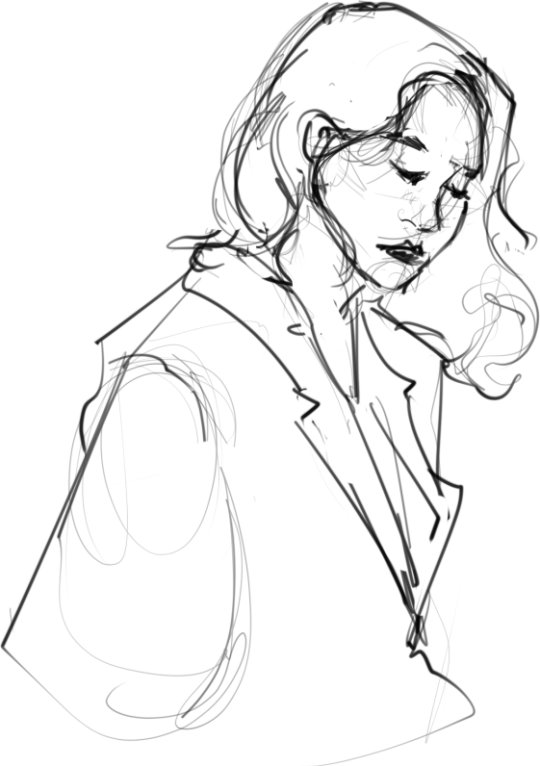
#tko_art#NO ONE WOULD BELIEVE ME IF I SAID THIS WAS AVA#i am my own biggest hater#whatever#i'm tweaking#your tweaking we're#tweaking#WE SHOULD BE COWS IN A FOREST GRAZING ON TREES#but we're here#yeah her nose doesn't make sense#and her mouth is supposed to jut out a bit more from the furthest side of her face#idk maybe i'm tweaking#gnight#i'm gonna get more sleep than i did yesterday#i hope atleast hahaha#bad decisions!#spot thistle's hair tips challenge!#impossible#but i did think about them#zzzzzzzzzz
7 notes
·
View notes
Text
Tattoo pics under the cut
This was a birthday present to myself





#tumbling from the tree tops#a wild panda has been spotted#tattoos#tattoo#body art#thistle and thorn ink#karl marsak#km tattoos
9 notes
·
View notes
Text
y'know Copperpaw killing Spottedleaf and then naming himself Copperleaf is a really cool concept and im sad it doesnt really fit into the btr timeline correctly
#'whats btr?' you ask#'shut up i do what i want' i say#like he would be well into warrior age (20+ moons) by the time the kits are stolen for ShadowClan so...#theres not really any other reason for him to come across Spottedleaf and kill her really#and it wouldnt be in his nature to seek her out and kill her just cause#still. i really like it#i like like the idea of one of Spotted's kids killing her really#be it Copper Lightning or Fire#Creek or Air too but they dont really feel like they have the same emotional impact#lolling thoughts#btr#btr au#burning thistles#burning thistles au#copperleaf#evil copperleaf au#spottedleaf
22 notes
·
View notes
Text



Cirsium vulgare (bull thistle, common thistle, Scotch thistle) and bombus (bumblebee)
Today's 'Spot the Bee' contest features a common sight in Vancouver, a Scotch thistle growing by my local hospital. This species of thistle is the national flower of Scotland and yet here it is, thriving on the other side of the planet. Although the surrounding suburban front gardens are full of cultivated flowers, it's this thistle that seems to be getting all the bumblebee action.
There's a simple explanation for it's popularity, it produces enormous quantities of nectar. Plant surveys in Britain consistently put Scotch thistle in the top ten for nectar production. Sure enough, I found three different species of bees on this single specimen. I think there's a simple lesson to be learned here. If you want more worker bees to come and work for you - maybe try paying them more.
#flowers#photographers on tumblr#thistle#bumblebee#spot the bee#fleurs#flores#fiori#blumen#bloemen#Peace Arch Hospital#vancouver#flower photography
119 notes
·
View notes
Text
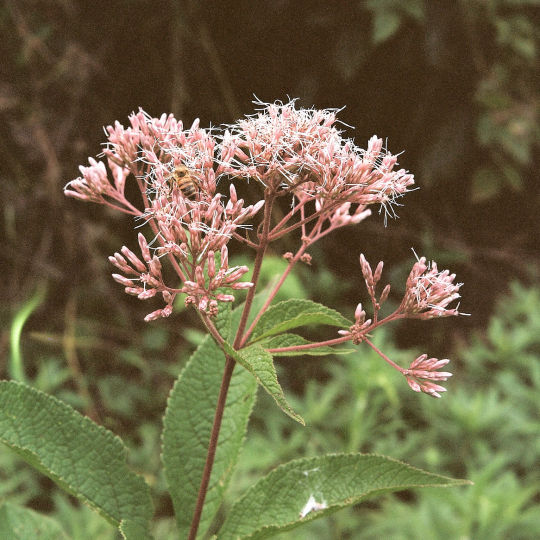
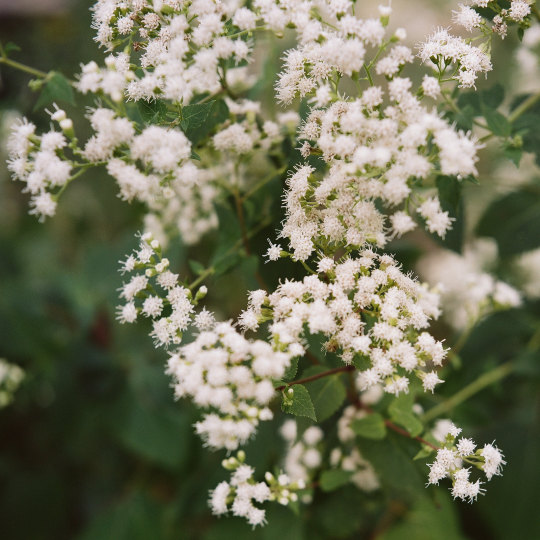
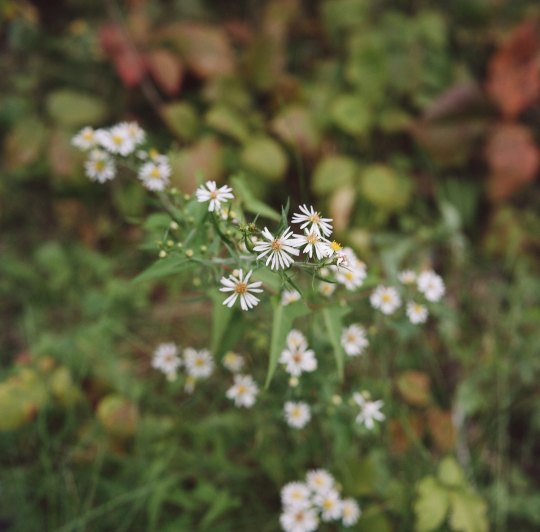

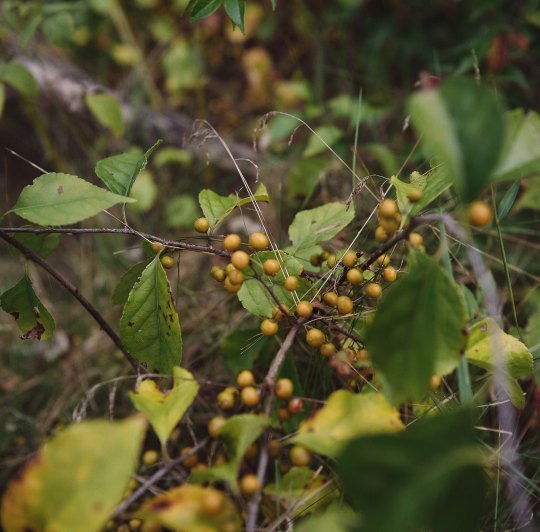
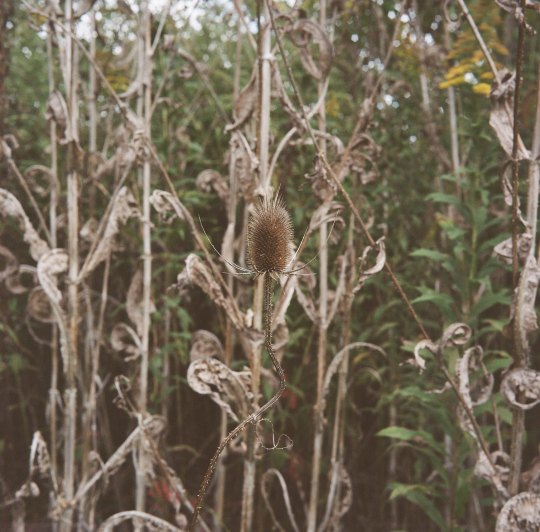
Rolleinar filter tests (2) (3) (4) (5) (6) by sebecker73
5 notes
·
View notes
Text




02/07/2024-Common Red Soldier beetles on wild carrot, dock and one of my first Six-spot Burnet moths of the year on creeping thistle which I was excited to see at Lakeside Country Park and tree out the front. Seeing the burnets reminded me of my fascination with them when seeing them at Lakeside in a summer where my butterfly passion was just beginning sparked my interest in moths.
Other highlights today included a few of the butterfly species I enjoyed seeing here in my early days interested in butterflies Marbled White, Ringlet and Meadow Brown, with Whitethroat, Moorhen, young Black-headed Gull, Grey Squirrel, oxtongue, tufted vetch, evening primroses, hogweed, self-heal which I really enjoyed seeing today and oxeye daisy also good to see.
#photography#birdwatching#six-spot burnet#walking#lunch time#tuesday#outdoors#happy#meadow brown#dock#creeping thistle#tree#hampshire#lakeside country park#england#uk#europe
2 notes
·
View notes
Text

Hello, ladies and gentlemen, boys and girls! I'm here to take your everything Ψ(OuO)Ψ
Seven-spotted ladybug - Larva (Coccinella septempunctata)
Grapevine aphid (Aphis illinoisensis)
#photographers on tumblr#original photographers#my photography#lensblr#insect photography#wildlife photography#macro photography#insect#photography#nature#nature photography#assassin#bugblr#biology#zoology#entomology#ladybug#ladybugs#bug#bugs#seven-spotted ladybug#thistle#noai#no ai#no to generative ai
4 notes
·
View notes
Note
So… what do you think about Spottedleaf’s Heart?
i dont liek it :(
i haven't read the book in a while though but from what i remember from it, i didn't like how mapleshade interacted w/ spottedpaw... mostly bcuz i really liked spottedmaple lawl
but aside from shipping stuff, i just read it as more of a forbidden "romance" than a story of a character being groomed because of how it was written. it didn't make me feel like: "SPOTTEDLEAF GET AWAY FROM HIM" more like: "oh... he's manipulating her... into training in hell..."
but yeah that's what i think about the book that isn't canon in any way!!! :D
thanks for the ask 😘
#citrusposts#lil dudes (favs)#“yo dude!!” (asks)#wc#:3c#spottedleaf#thistleclaw#spottedleaf's heart#tw grooming mention#tw grooming#but anyway i love both thistle and spotted <3#they're interesting in their own way and if i had actually good anaylism and wordbuilding skills i'd probably make a rewrite#that actually explored thistle and spotted (in a good way ERINS >:((()#esp thistle cuz in blustars prophecy he was characterized as bad since it was in bluestar's pov#i luv thistleclaw#warrior cats
3 notes
·
View notes
Text

Having a normal one as I finish plinking away at some words for the night.
4 notes
·
View notes
Text
Wool-Carder Bees: these solitary bees harvest the soft, downy hairs that grow on certain plants, rolling them into bundles and then using the material to line their nests

Wool-carder bees build their nests in existing cavities, usually finding a hole/crevice in a tree, a plant stem, a piece of rotting wood, or a man-made structure, and then lining the cavity with woolly plant fibers, which are used to form a series of brood cells.
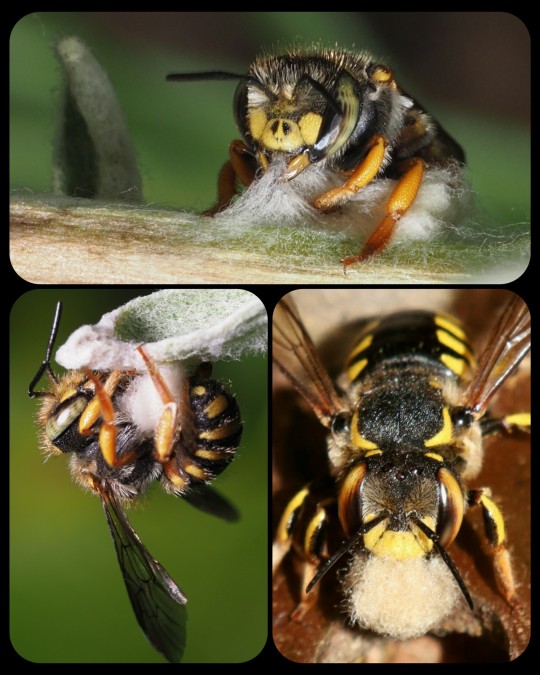
The fibers (known as trichomes) are collected from the leaves and stems of various plants, including lamb’s ear (Stachys byzantina), mulleins, globe thistle, rose campion, and other fuzzy plants.
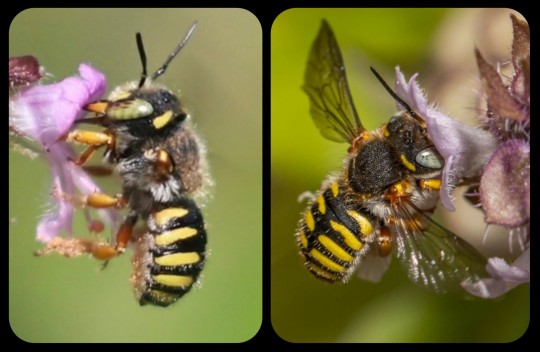
From the University of Florida's Department of Entomology & Nematology:
The female uses her toothed mandibles to scrape trichomes off fuzzy plants and collects a ball of the material under her abdomen. She transports these soft plant fibers to her selected nest site and uses them to line a brood cell. Next, she collects and deposits a provision of pollen and nectar into the cell, enough pollen to feed a larva until it is ready to pupate. Lastly, she lays a single egg on top of the pollen and nectar supply before sealing the cell. ... She will repeat this process with adjoining cells until the cavity is full.
These are solitary bees, meaning that they do not form colonies or live together in hives. Each female builds her own nest, and the males do not have nests at all.
Female wool-carder bees will sometimes sting if their nest is threatened, but they are generally docile. The males are notoriously aggressive, however; they will often chase, head-butt, and/or wrestle any other insect that invades their territory, and they may defend their territory from intruders up to 70 times per hour. The males do not have stingers, but there are five tiny spikes located on the last segment of their abdomen, and they often use those spikes when fighting. They also have strong, sharp mandibles that can crush other bees.
There are many different types of wool-carder bee, but the most prolific is the European wool-carder (Anthidium manicatum), which is native to Europe, Asia, and North Africa, but has also become established as an invasive species throughout much of North America, most of South America, and New Zealand. It is the most widely distributed unmanaged bee in the world.

A few different species of wool-carder bee: the top row depicts the European wool-carder, A. manicatum (left) and the spotted wool-carder, Anthidium maculosum (right), while the bottom row depicts the reticulated small-woolcarder, Pseudoanthidium reticulatum, and Porter's wool-carder, Anthidium porterae
Sources & More Info:
University of Florida: The Woolcarder Bee
Oregon State University: European Woolcarder Bees
Bohart Museum of Entomology: Facts about the Wool Carder Bee (PDF)
Bumblebee Conservation Trust: A. manicatum
World's Best Gardening Blog: European Wool Carder Bees - Likeable Bullies
Biological Invasions: Global Invasion by Anthidium manicatum
#entomology#hymenoptera#apiology#melittology#bees#woolcarder bees#nature#insects#arthropods#science#solitary bees#european woolcarder#anthidium#animal facts#cool bugs#cute animals
3K notes
·
View notes